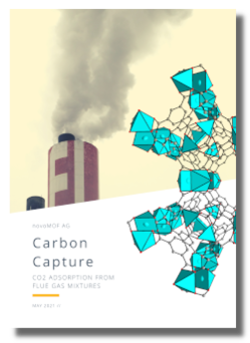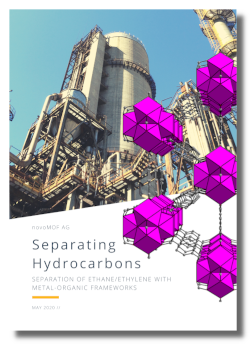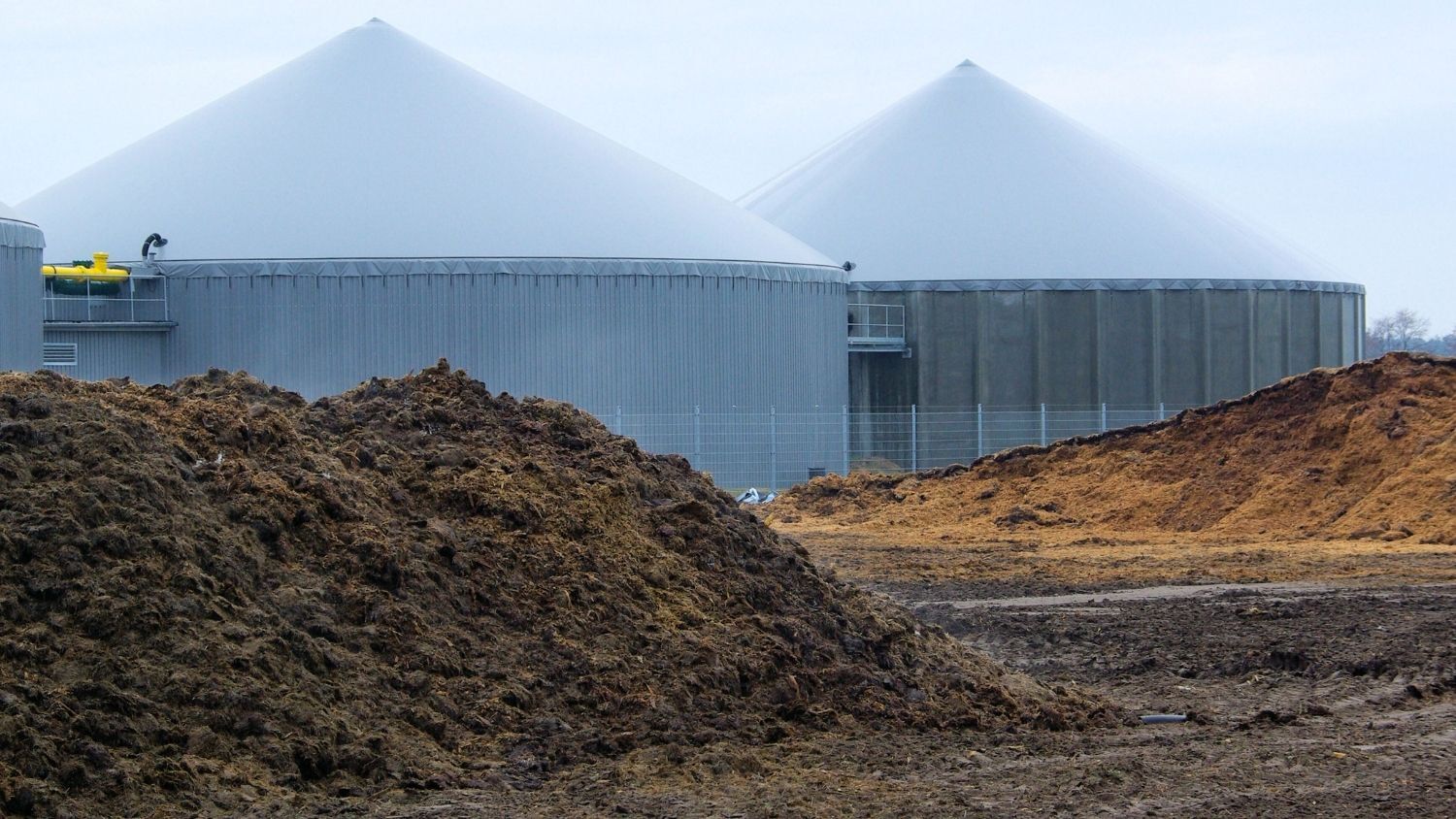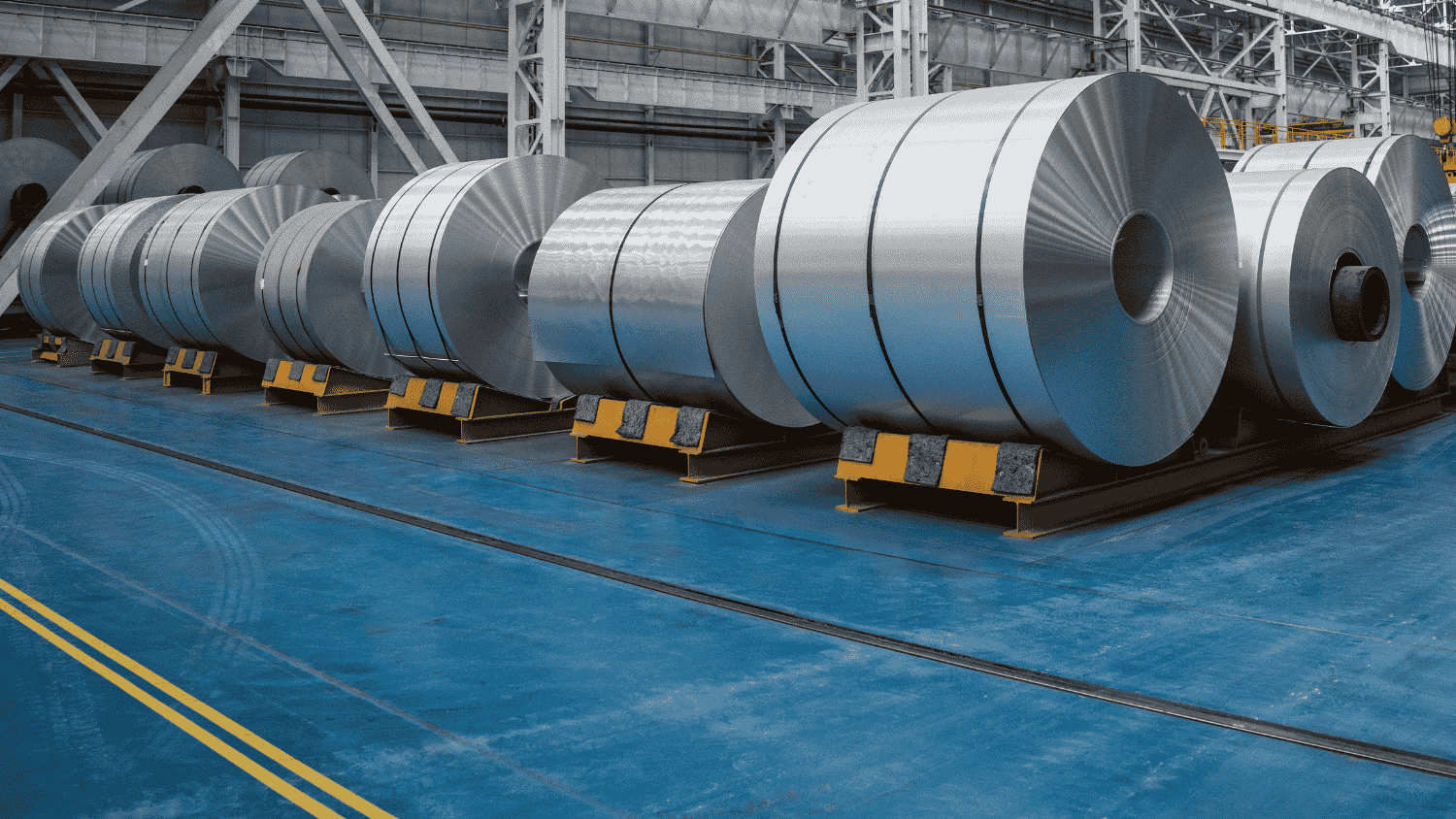CO2 enrichment is used in greenhouses of different sizes to enhance plant growth and yield. Besides other methods, the combustion of gas or other fuels can be used to increase the levels of CO2 within the greenhouse. Given the availability of biowaste such as crop residue and manure in agricultural areas, and the side-production of CO2 in biogas production, synergetic combination can make the best of both industries. Novel, sustainable materials further increase the efficiency of such circular economies.
Modern agriculture has developed into an industry that is highly performance oriented. Greenhouses allow year-round growth of plants in a controlled environment optimising the yield of the farmer. Nonetheless, placing a large number of plants in an enclosed greenhouse can lead to strong decrease in CO2-levels in the air, dropping even below regular 400 ppm as the plants consume it for their photosynthesis. Various CO2-sources are commonly used, including supply of pure (liquid CO2) and the combustion of fossil fuel with air heaters or with a central burner, in combination with a heat storage tank.
The supply of liquid CO2 in tanks is convenient, as it will allow for a steady supply and an easy regulation of the CO2 levels. However, it also involves larger logistics for the supply of CO2 tanks and additional carbon emissions through such transportation.
Combustion supply is interesting for its easy use through decentralised burners and additional heat that can be used in colder areas or periods to achieve suitable levels of temperature. Nonetheless, the burning of fuel can lead to dangerous emissions such as carbon monoxide and other dangerous gases. Furthermore, additional heat is not required in all areas and can be counterproductive. Larger greenhouse cluster could use a centralised combustion system with heat recovery to use it in other ways.
Using synergies in close proximity – biowaste to increase plant growth
Agricultural areas usually produce a large amount of biowaste such as crop residues and manure, which in turn is used as feedstock for the production of biogas in anaerobic digesters (AD). In contrast to ploughing crop residues into the ground, using it as fodder or burning it, the production of biogas reduces harmful emissions by capturing the gas mixture from digestions. As biogas producers are mainly interested in the most abundant and valuable methane (CH4), they use various systems to separate unwanted gases such as nitrogen, CO2, hydrogen, oxygen and water from the gas stream.

Building circular economies in agriculture leads to several benefits. Firstly, it reduces methane emissions, which are contributing to climate change. Soil and water pollution from overflowing landfills are eliminated, together with their foul smell. The close proximity of biogas production and greenhouses means no need for transportation, further reducing the impact on our climate.
While the biogas sector is growing, there is potential for further improvement of existing gas separation systems in order to reduce energy consumption and related emissions from energy supply.
Challenging commonly used biogas separation technologies
Given the variety of gases produced in the degradation of bio waste, different technologies are used to purify the most important gas – methane. To separate a gas mixture with multiple components, a multi-step approach is required to achieve suitable purity. Commonly used technologies are ad- and absorption, membranes and cryogenic distillation.
In the absorption stripping technology, the target gas is dissolved in a solvent, the resulting CO2 rich-solution is then heated in a stripping column to release the carbon dioxide and regenerate the solvent. The major drawback of this technology is the high amount of energy required to perform the extraction as well as the amount of sorbent.
Similarly, cryogenic distillation is an energy-intensive technology requiring low temperatures and high pressures, as the gas mixture separated based on the condensation point of the gases. These range from -56.6 °C (CO2) to -195.9 °C (Nitrogen).
Membrane separation is considered a clean and simple process. Nevertheless, membranes lead to high energy consumption since the separation mechanism is a pressure-driven process and bio gas is released at atmospheric pressure.
On the contrary to the above-mentioned technologies, adsorption processes decrease the energy consumption in the stripping step, in particular in physisorption. Therefore, adsorption processes are of great interest for smaller, decentralised biogas plants.
Increasing performance in adsorption separations
Commonly used gas adsorbents are zeolites and activated carbon. However, they have certain disadvantages, from low selectivity to high energy requirements to release the captured gases. For example, commonly used activated carbon is rather unselective in what it adsorbs. Zeolites can be quite selective in the adsorption but usually require higher amounts of energy to release the captured molecules.
Relatively new adsorbents, metal-organic frameworks (MOFs) outperform other adsorbents in terms of selectivity, uptake capacity and ease of regeneration. The highly tuneable structures can be tailored to specific gas separation processes, increasing the purity of the target gas while decreasing the overall energy consumption.

MOFs have been used in different process to selectively separate gases, including N2 and CO2 from gas streams of various components. As the gas capture using MOFs is based on relatively weak physisorption (as compared to chemisorption e.g. for amine CO2-scrubbing), it allows for a low-energy regeneration. Furthermore, in contrast to membranes, MOF adsorbent work at atmospheric pressure due to their tailorable selectivity.
Interested in gas separations? Have a look at our case studies:
CO2 enrichment is a commonly used technique to increase the crop yield in greenhouses. In a synergetic approach, supplying biogas plants and in return receiving a supply of their by-product CO2, can provide benefits for both sides. By using novel technology for the purification of the gas stream, biogas plants could be decentralised and decreased in size, allowing for a further reduction of transportation cost (and emissions).






